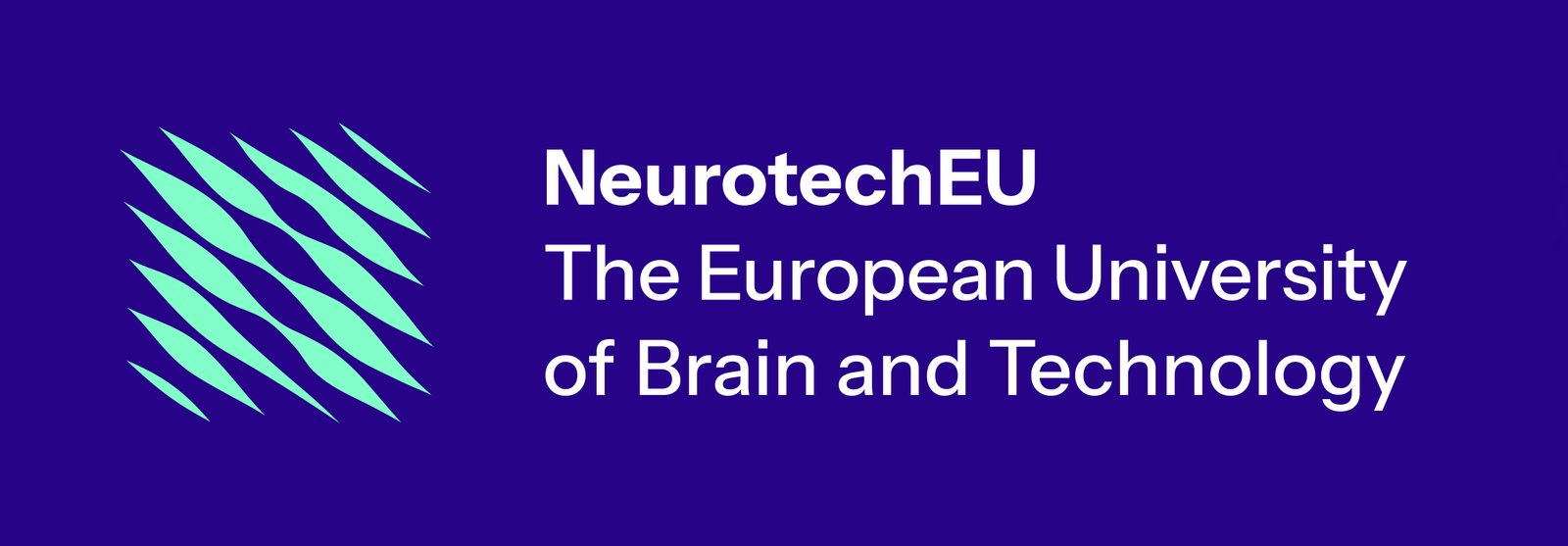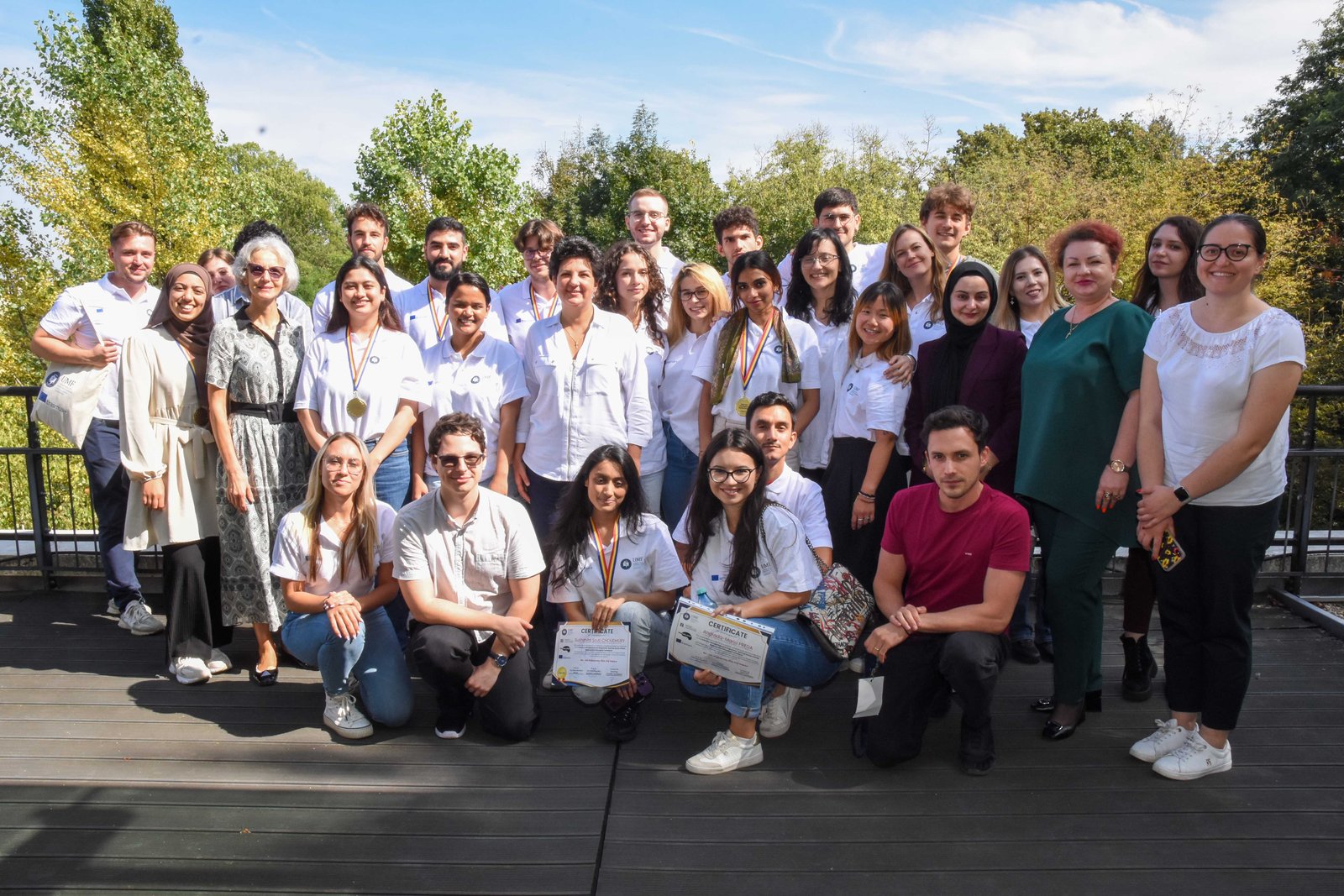The Summer School of Brain Mapping and Stimulation Techniques: A Week of Innovation and Learning
The Summer School of Brain Mapping and Stimulation Techniques, held at ”Iuliu Hațieganu” University of Medicine and Pharmacy, Cluj-Napoca, from September 3-13, 2024, brought together students, researchers, and professionals eager to explore advanced technologies in neuroscience. Coordinated by Prof. Dr. Dafin Mureșanu and Lecturer Dr. Livia Popa, this event was part of the Erasmus+ Blended Intensive Program (BIP), in the framework of NeurotechEU – The European University of Brain and Technology.
The educational program began with a virtual component on September 3-4, where participants were introduced to fundamental aspects of EEG, QEEG, advanced neuroimaging techniques, as well as eye tracking and non-invasive brain stimulation techniques like TMS and tDCS.
The in-person sessions kicked off on September 9 with a cultural immersion, introducing students to Romanian language and culture, followed by a visit to the Turda Salt Mine, fostering intercultural collaboration.
Scientific Highlights
- On September 10, the focus shifted to EEG and QEEG fundamentals, covering topics such as EEG signal acquisition, artifact detection, and brain signal analysis. Participants learned to process and analyze QEEG signals using advanced techniques like the Fast Fourier Transform (FFT).
- September 11 featured hands-on sessions on brain connectivity and QEEG at the RoNeuro Institute, where participants explored time-domain and frequency-domain connectivity and worked in teams to preprocess and analyze QEEG signals.
- On September 12, participants explored eye tracking in neurology, learning both the theoretical and practical aspects of this technology. The afternoon sessions were dedicated to non-invasive brain stimulation techniques, where participants learned about TMS and tDCS, followed by practical workshops on both techniques.
- On September 13, the final day, the focus was on advanced neuroimaging techniques, including fMRI, fNIRS, and MEG. The program culminated with the presentation of participant projects, assessments, and a closing ceremony that celebrated the event’s accomplishments. The participants formed five teams, each tasked with preparing a project based on the methods presented during the summer school. Two of the teams were declared winners.
A Unique Blend of Science and Culture
Beyond the scientific aspects, the summer school emphasized the importance of intercultural exchange and collaboration, giving participants the chance to engage with peers from diverse backgrounds. The daily sessions were complemented by cultural activities, including guided tours and traditional Romanian dinners, creating a holistic and enriching experience.
The Summer School of Brain Mapping and Stimulation Techniques provided participants with a unique opportunity to gain hands-on experience with cutting-edge neuroscience technologies and fostered a collaborative environment for future research and innovation.

